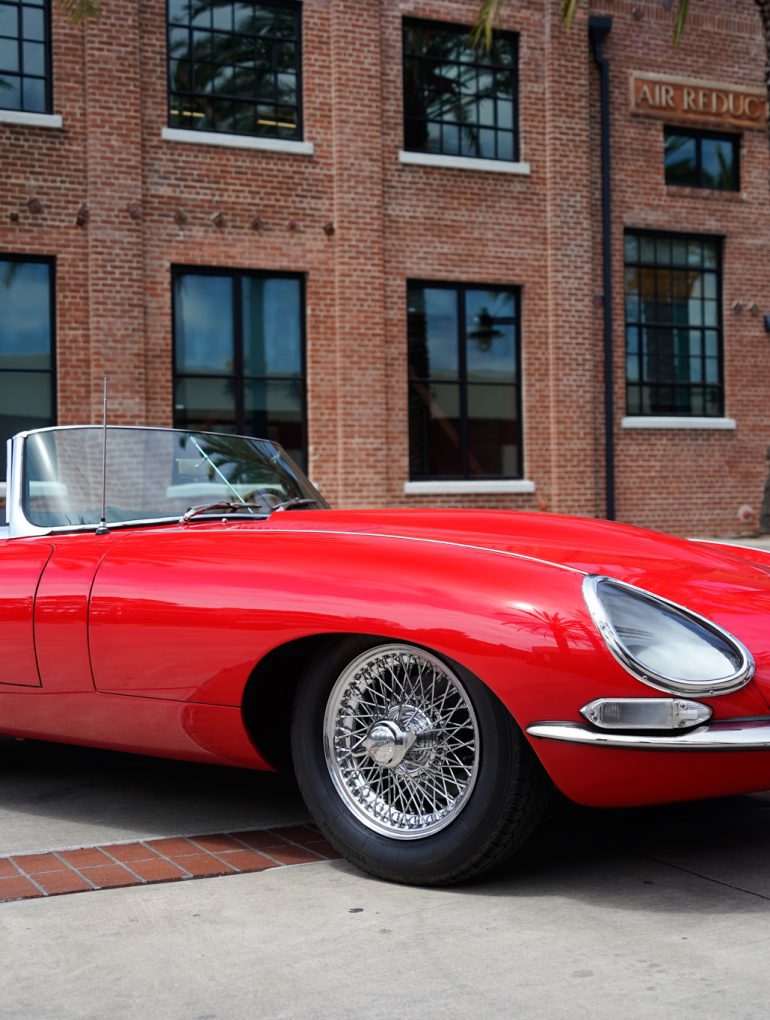Photo credits courtesy of Fantasy Junction
Automotive history offers a bounty of well-made sportscars. Tracing back to the earliest years of motoring, the sports car figured early in development as enthusiasts demanded more from their cars than simply efficient transport. Decades of research, refinement, and market growth fueled 20th century demand for better sports cars driven by youthful interests in racing, performance, and attractive design. But even accounting for advances in technology and engineering, there are only a few sportscars that so perfectly embody exceptional and lasting design, engineering, and performance. Rarely do all three of these traits combine to reveal an object so breathtaking, so drivable, even with its inherent faults, that it transcends generations of admirers 60+ years after introduction. The Jaguar E-Type is the epitome of this era. The quintessential modern sports car.




